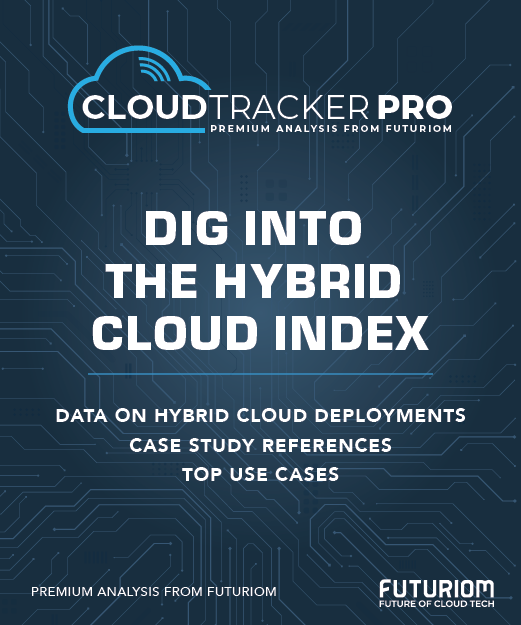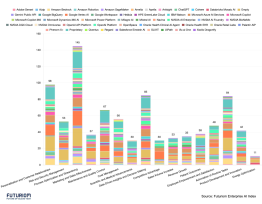Achieving TCO Savings with Unified SASE

The idea of building security directly into the network is now possible with secure access service edge (SASE) technology, but organizations need to take a careful approach to deliver SASE services in an economical way.
In many cases, the costs of security and related security services are skyrocketing, and there is a movement afoot known as Unified SASE—the goal of integrating and reducing the complexity of multiple SASE services. The Unified SASE approach can be used to integrate a variety of network and security technologies, including as SD-WAN, secure web gateways (SWGs), cloud access security brokers (CASB), firewall-as-a-service (FWaaS), and zero-trust network access (ZTNA). These services can be delivered via the cloud or in conjunction with on-premises hardware and software.
In this Leadership Brief, sponsored by Unified SASE leader Versa Networks, Futuriom looks at the potential cost savings that can be achieved by integrating the management and security features included in Unified SASE.
The Trouble with the SASE Acronyms
The SASE market is more complex than ever, with dozens of vendors proposing numerous solutions to network security. Delivering effective security lies in smooth integration and operation of multiple SASE functions. Too many disparate solutions and operating models can result in operational complexity and higher overhead.
As the market for SASE functions expands, so do the acronyms. They include SD-WAN, SWG, CASB, FWaaS, and ZTNA, just to name a few. These acronyms represent different network security functions that can be delivered either with on-premises solutions or via the cloud. Many organizations today face complexity and high costs in managing their networking and security infrastructure due to the accumulation of multiple systems from multiple vendors over time, the result of adopting point solutions for discrete needs as they emerged. The bottom line is that it's more efficient to deliver these functions using an integrated platform.
SASE platforms can be converged and integrated, delivering simplicity and agility. The capabilities formerly ascribed to separate products—both security and networking—are now more appropriately described as features of the unified platform. In this Leadership Brief we discuss how such platforms not only deliver better security outcomes and networking agility but can do so at a lower Total Cost of Operations (TCO) through improved operational consistency, reduced management complexity, and lowered operational and infrastructure costs. Futuriom interviewed several enterprises as well as two MSSPs to validate our analysis.
Potential TCO Savings Areas for Unified SASE
Delivering SASE with a patchwork approach can lead to inefficiencies, inconsistent policy enforcement, and increased security risk due to integration gaps. It also drives up both indirect and direct costs, from the extra time spent managing multiple systems and from the need for more software licenses, bandwidth, and support. To make things worse, these tools often run in different environments—on-premises, in the cloud, or both—each with its own separate management interface.
As this Leadership Brief shows, security tool sprawl creates both direct and indirect challenges that include the following:
- Increased OpEx costs with varied interfaces and management screens.
- Overhead in managing integrations from different vendors and cloud services.
- Inconsistent policy definitions across networking and security platforms, resulting in a weakened security posture and higher risk for costly breaches.
- “Swivel chair” management across multiple consoles, which slows response times, increases errors, and adds unnecessary operational burden.
- Multiple disjointed security products, which force staff to act as the "human glue," manually stitching together policies and processes across systems.
- Increased network bandwidth and connectivity costs for supporting an array of cloud networking and security products.
- Hidden costs due to multiple data lake implementations for multiple products and replication of infrastructure.
Many of these potential costs can be mitigated with a Unified SASE approach. Savings with Unified SASE platforms extend beyond licensing and infrastructure; they include reductions in time spent on management and troubleshooting, consolidated infrastructure, and lower energy consumption. Some of the areas of savings on a Unified SASE platform can include:
- Deployment, Patching & Configuration Management
- Incident Troubleshooting
- System Development and Integration
- SD-WAN Network Consolidation
- Policy Creation and Updating
- License Consolidation
- Licensing Management Simplification
- Infrastructure Consolidation
- Energy Consumption Reduction
- Helpdesk Support
- Audit and Compliance
Futuriom's research concludes that Unified SASE can drive meaningful savings across product, operations, and management by consolidating the capabilities of diverse networking and security products and making them features of a single platform. Go ahead and download the full report now!























